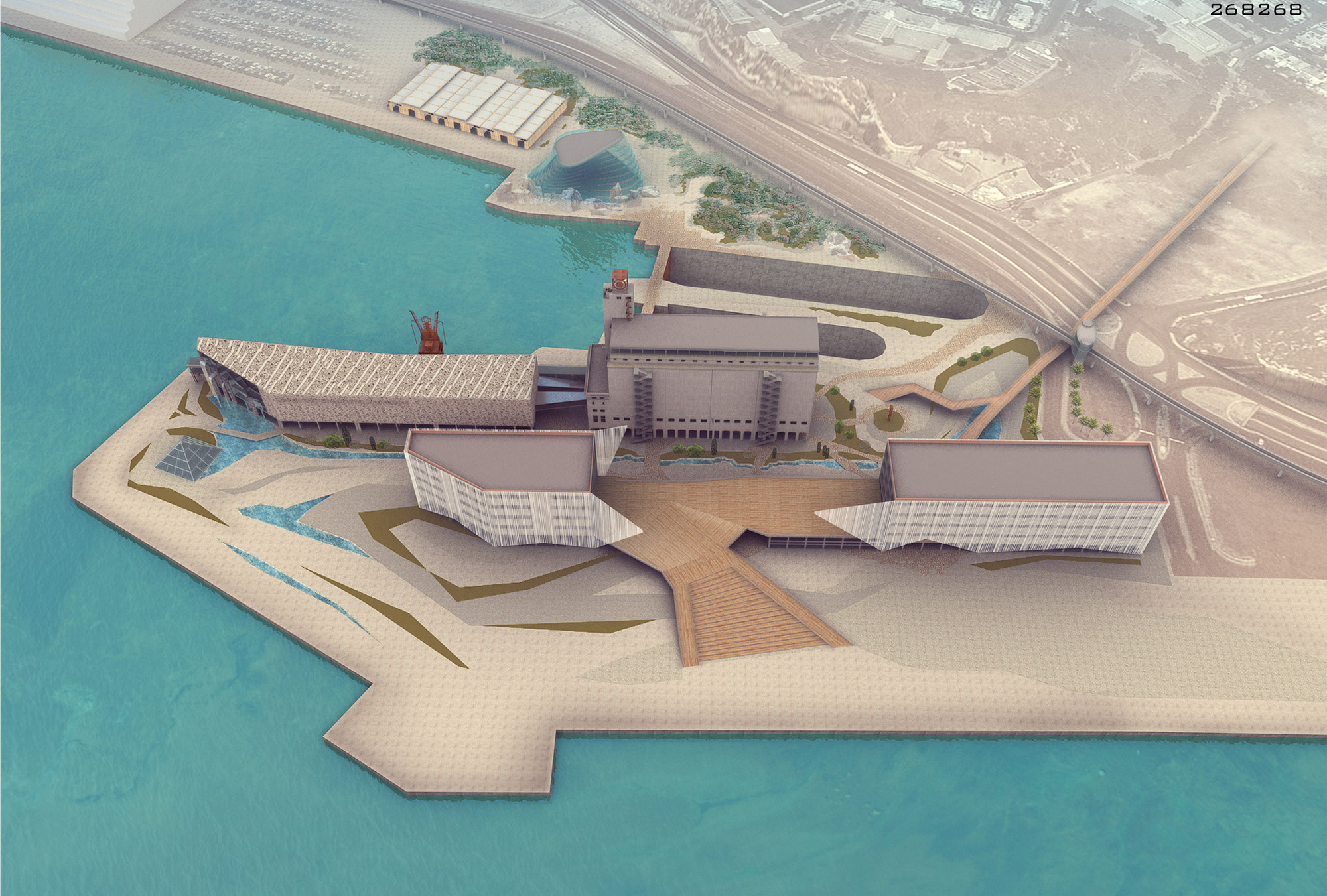
The collaborative team of architects Khvil Anastasia, Ivanova Elena, Fadeeva Alina, Rudikov Aleksei, and Spiridon Mellos chose simplicity as their main strategy in the Piraeus Museum for Underwater Antiquities Competition. Without creating enormous change, their design aims to use only what is already there, emphasizing simplicity and industrial nature of the building and beauty of the place to create a complex travel route. More images and architects' description after the break.























